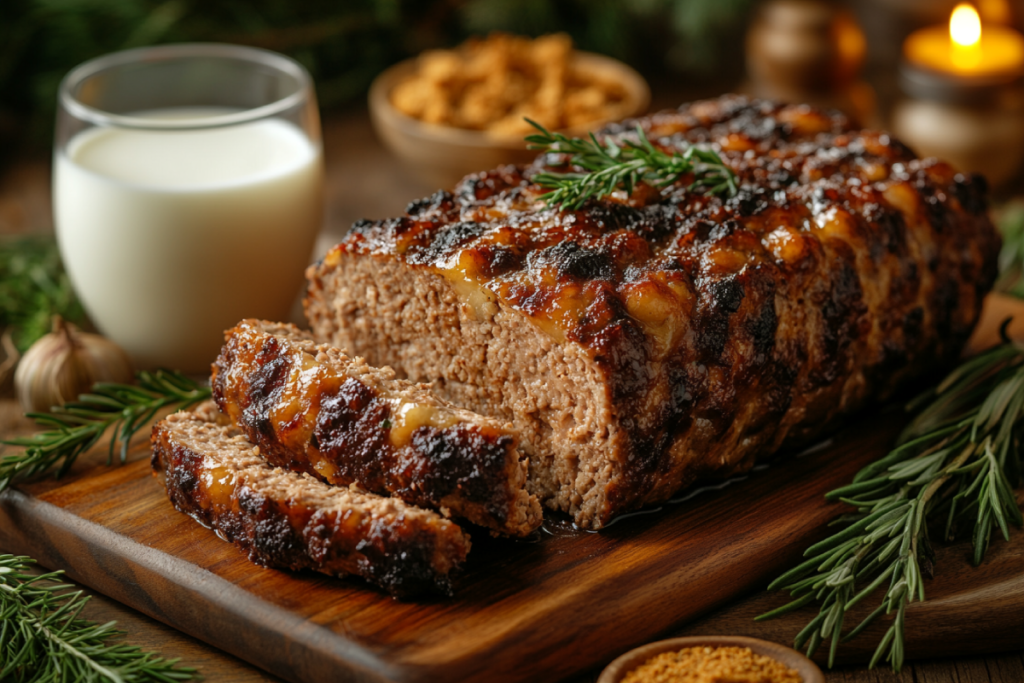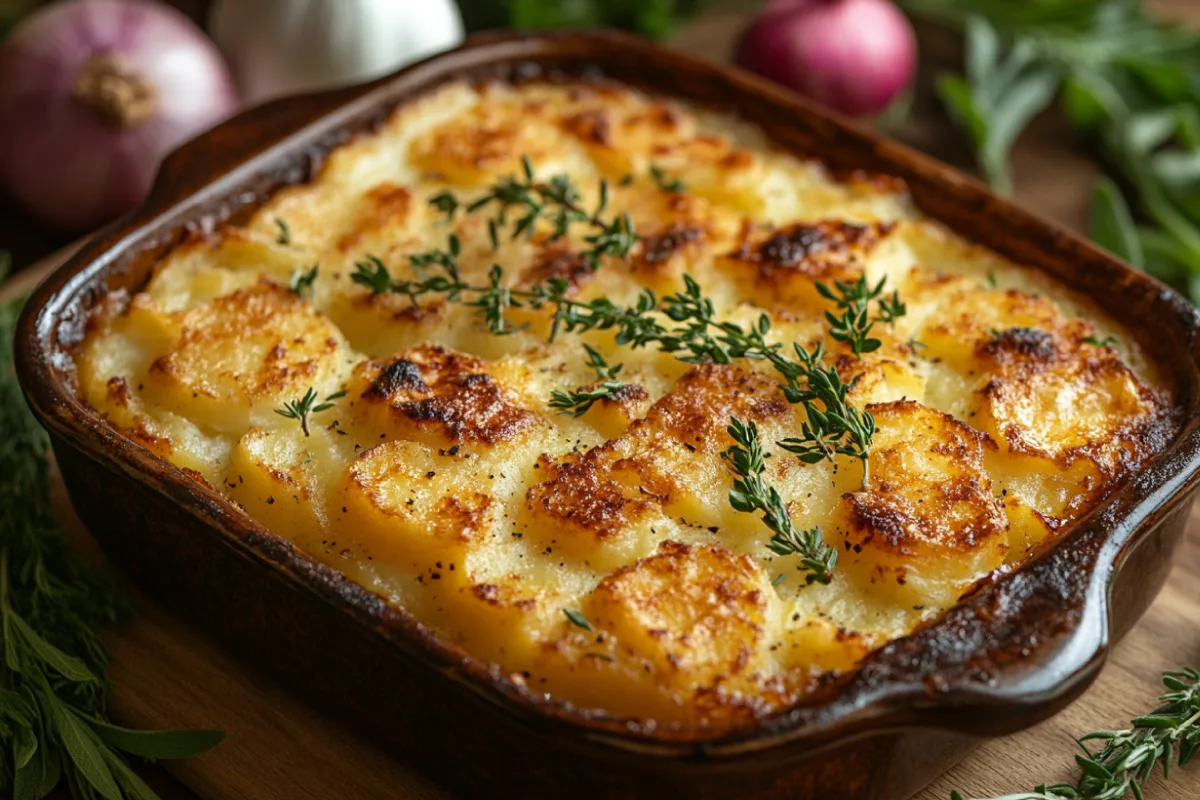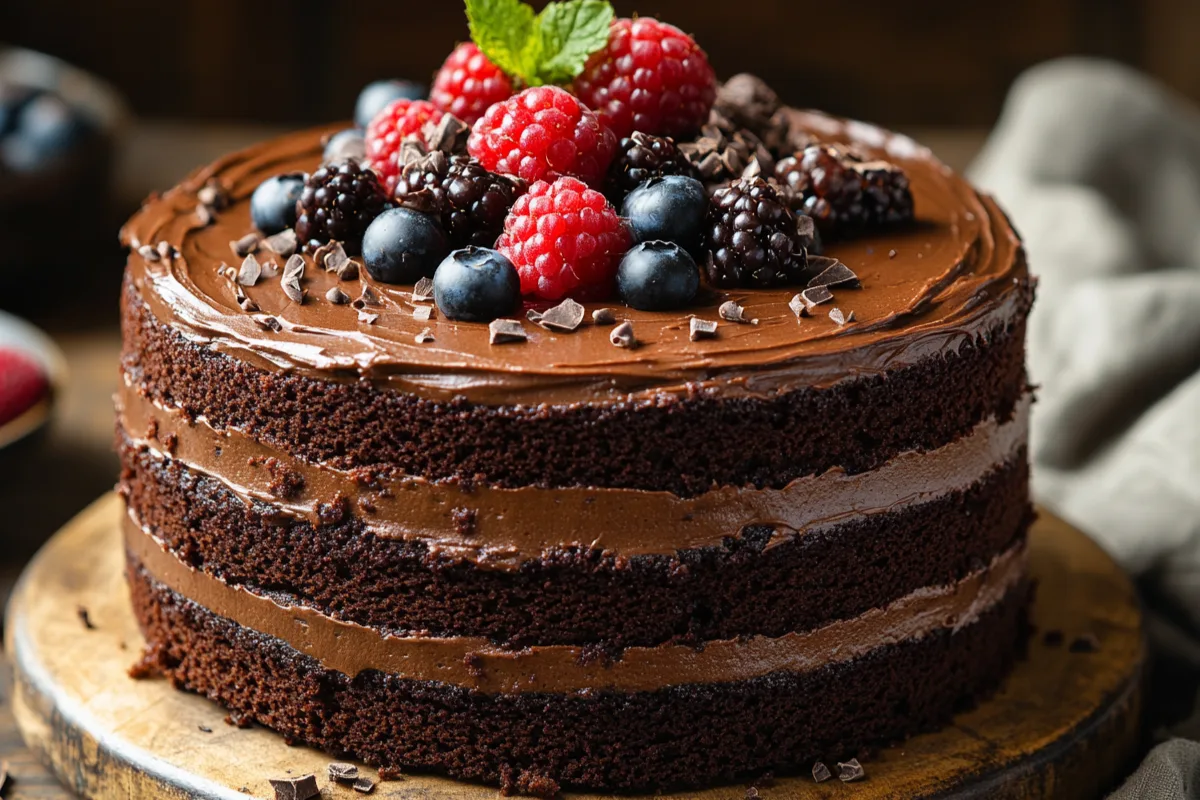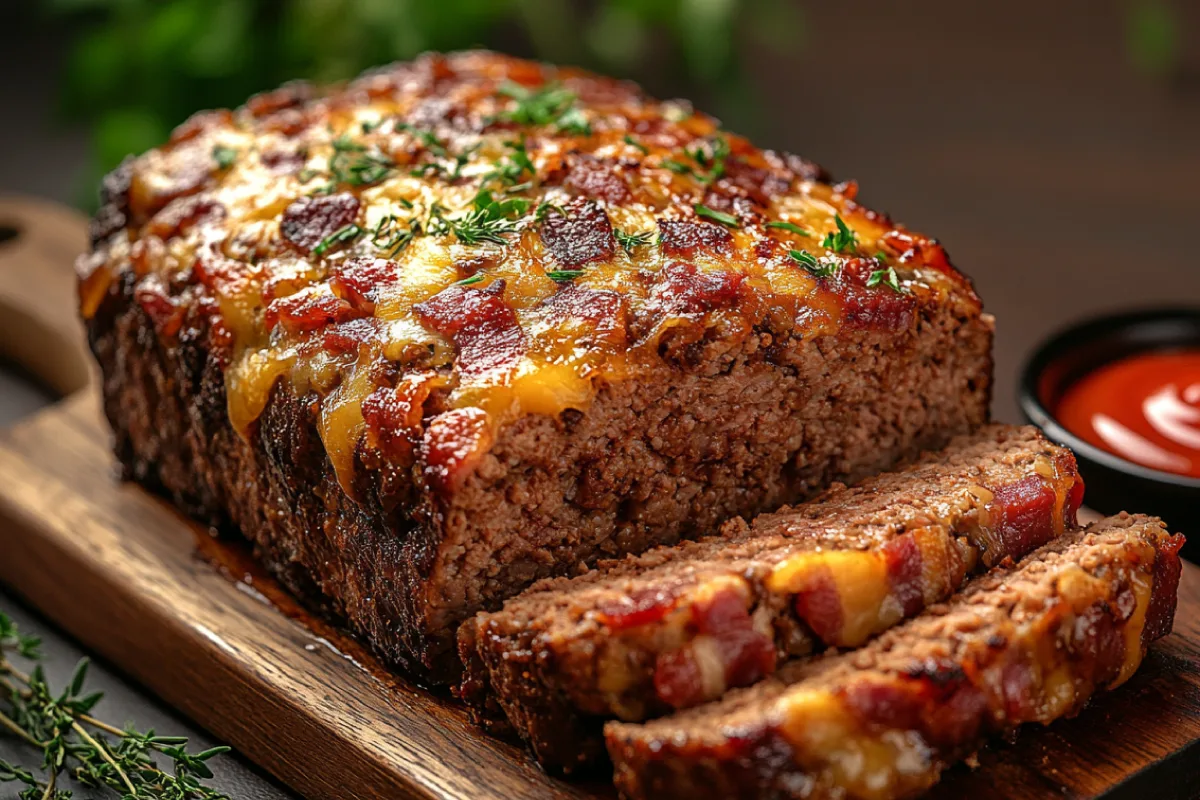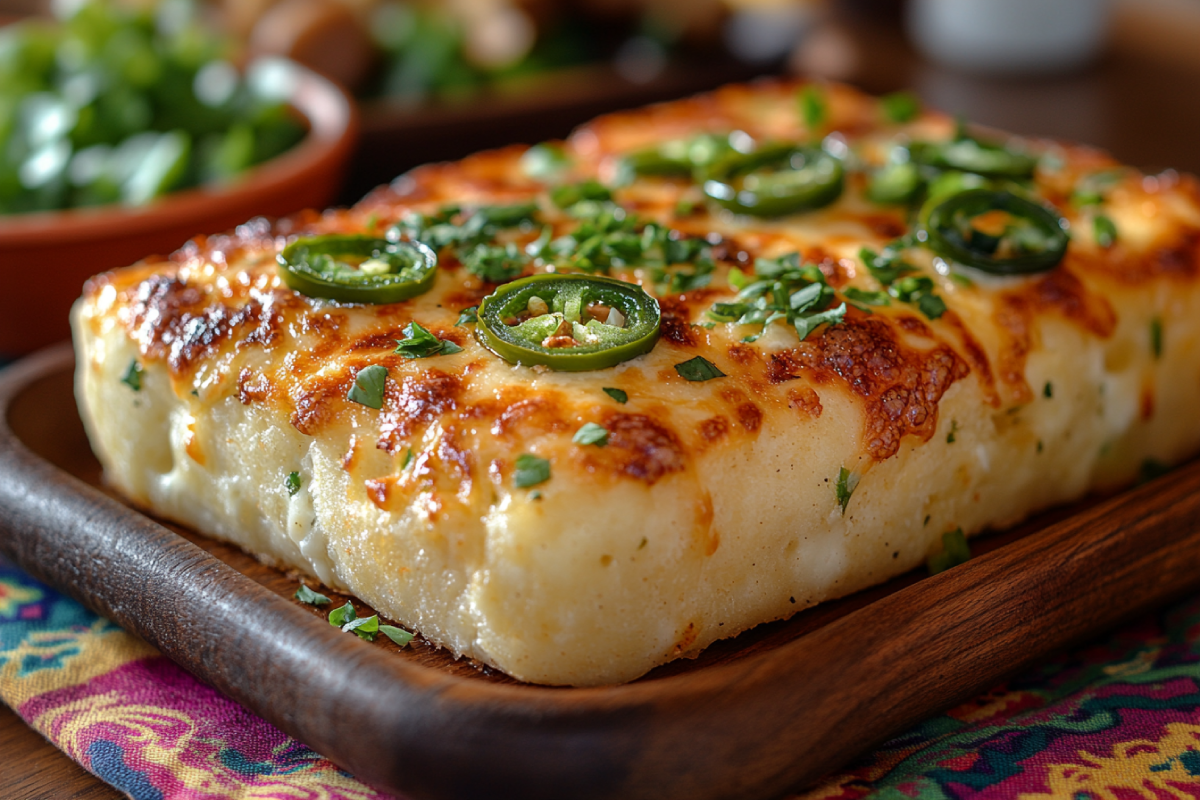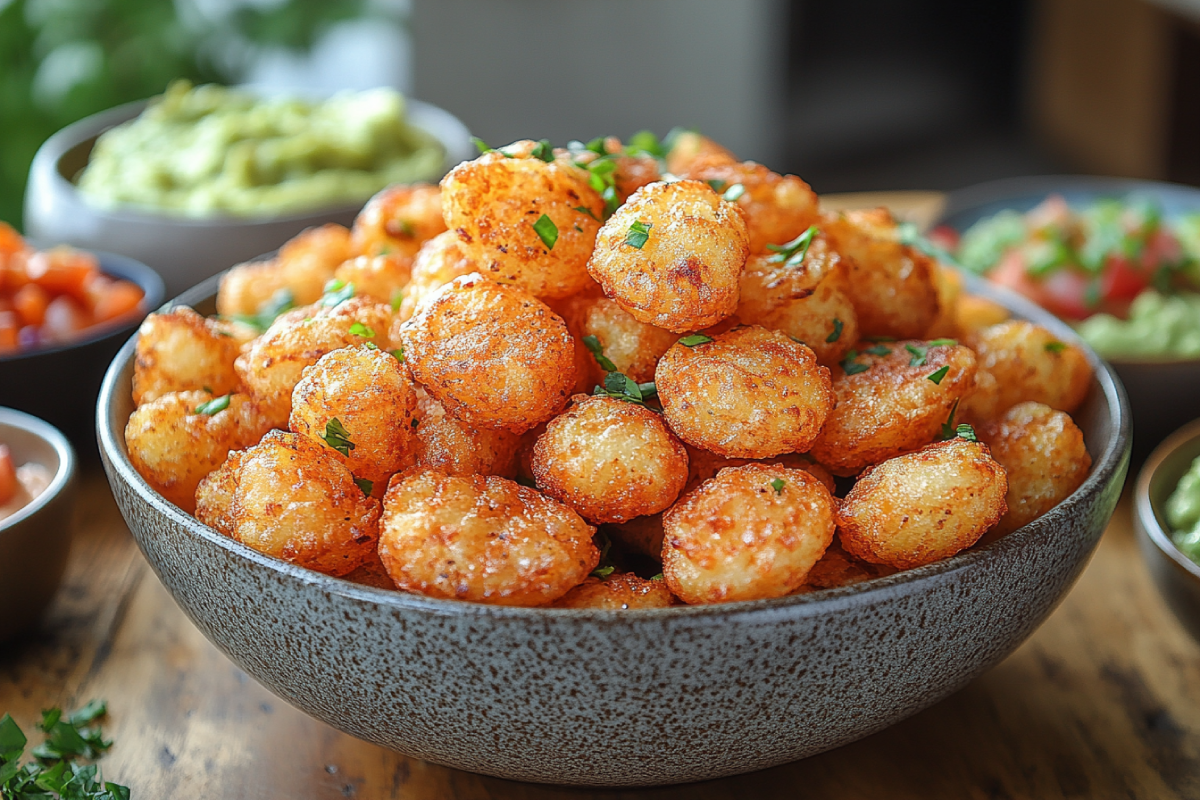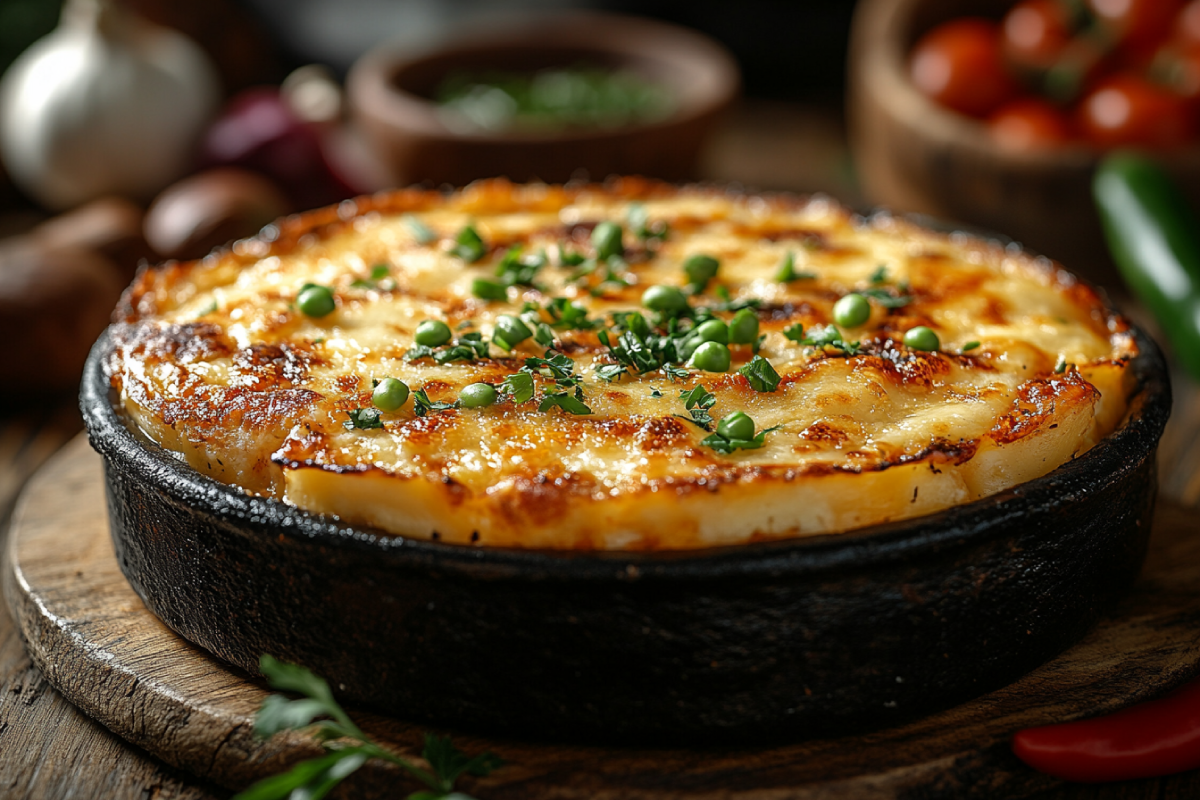The secret to an exceptional meatloaf lies in the details, particularly the liquid component. When asking ‘Why milk instead of water in meatloaf,’ the answer lies in both science and tradition. Milk not only enhances flavor but ensures moisture and tenderness that water simply can’t deliver.
Milk not only enhances the texture and flavor of meatloaf but also interacts with other ingredients in ways that water simply cannot replicate. From tenderizing the meat to binding breadcrumbs and adding richness, milk elevates this dish to a whole new level. In this article, we’ll explore the culinary science behind milk in meatloaf, compare it to alternatives like water and broth, and provide practical tips to make your meatloaf the star of any meal.
The Role of Liquids in Meatloaf
Liquids are critical to a perfect meatloaf, but why milk? Milk’s unique properties—rich fats, proteins, and slight acidity—make it a superior choice compared to water. The secret to juicy meatloaf lies in these liquid interactions.
Why Liquids Are Essential
Liquids in meatloaf serve three primary functions:
- Moisture Retention: Meat, when cooked, loses moisture. A liquid helps counteract this, keeping the loaf juicy.
- Binding Agents: Most meatloaf recipes use breadcrumbs, oats, or similar fillers, which absorb liquids and expand. This helps bind the mixture together and prevents it from falling apart.
- Flavor Distribution: Liquids disperse seasonings and spices evenly, ensuring every bite is flavorful.
Explore more about classic meatloaf recipes.
Common Liquid Choices for Meatloaf
While milk is the most traditional choice, several liquids can be used in meatloaf recipes. Each brings its own unique benefits and drawbacks:
- Milk: Adds richness and aids in binding breadcrumbs.
- Water: A neutral option but lacks flavor or nutritional benefit.
- Broth: Adds a savory depth of flavor but may overpower other seasonings.
- Cream or Half-and-Half: Provides extra creaminess but can make the dish heavy.
- Non-Dairy Milks: Suitable for those with dietary restrictions, though their flavor and texture impact can vary.
For a deeper understanding of achieving the perfect loaf texture, see baking meatloaf at the right temperature.
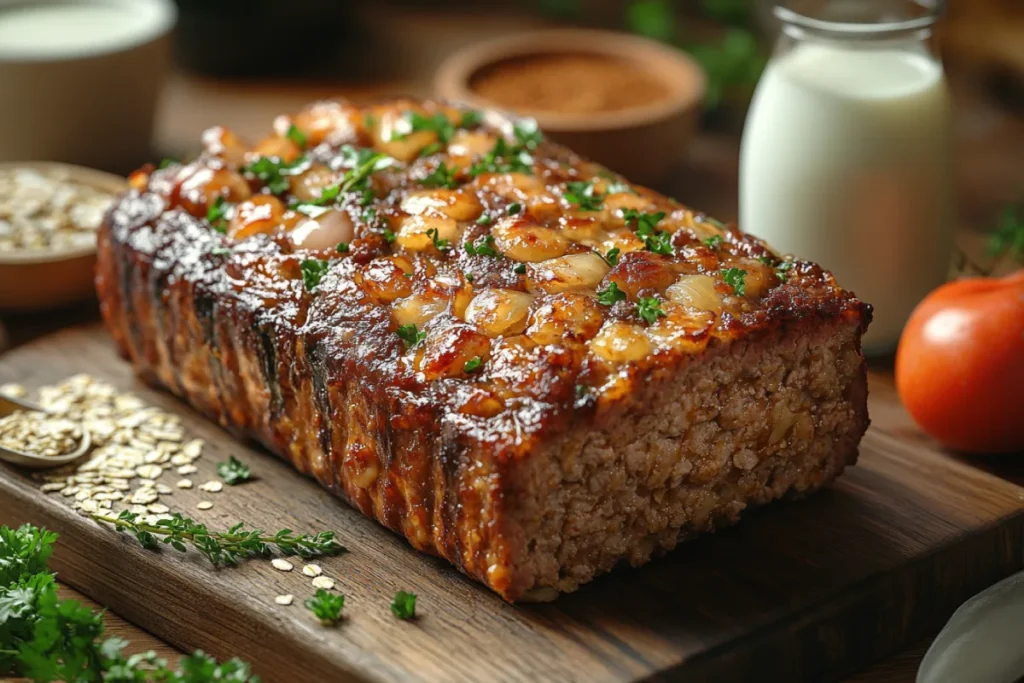
The Culinary Science Behind Milk in Meatloaf
To understand why milk instead of water in meatloaf is the preferred choice, consider how milk interacts with breadcrumbs, meat, and spices. Its ability to create a cohesive, moist texture makes milk indispensable in traditional recipes
The Moisture Factor: Enhancing Texture
Milk is absorbed by breadcrumbs or other fillers, turning them into a soft, cohesive paste. This mixture prevents the meatloaf from becoming dense or tough during cooking. Instead, it creates a tender texture that’s easy to slice and enjoy.
Protein and Fat: Boosting Flavor
Milk contains proteins and fats that enhance the flavor profile of the meatloaf. The natural sugars in milk also slightly caramelize during cooking, adding a hint of sweetness and a golden finish.
The Role of Lactic Acid in Tenderizing Meat
Milk contains lactic acid, which gently breaks down proteins in the meat. This process tenderizes the loaf, making it more enjoyable to eat. Unlike water, milk actively contributes to the texture and flavor, making it indispensable in many recipes.
Why Water Doesn’t Match Up
Water may seem like a convenient alternative to milk in meatloaf, but it doesn’t offer the same culinary benefits. While it does add moisture, it falls short in enhancing texture, flavor, and overall quality.
Lack of Flavor and Nutritional Content
Water is neutral, lacking the fats, proteins, and natural sugars found in milk. These elements not only contribute to the meatloaf’s rich flavor but also improve its overall nutritional value. Substituting water for milk may result in a blander dish, requiring additional seasonings to compensate.
For example:
- Milk contributes subtle sweetness and creaminess.
- Water, by contrast, adds nothing beyond hydration, leaving the meatloaf tasting flat.
Thinner Texture and Reduced Binding
Water’s thinner consistency doesn’t work as effectively with breadcrumbs or other fillers. Without the fats and proteins that milk offers, the binding process can be weaker, potentially leading to a crumbly texture.
Additionally, water lacks the viscosity to coat ingredients evenly. This can result in uneven cooking, with parts of the loaf drying out while others remain moist.
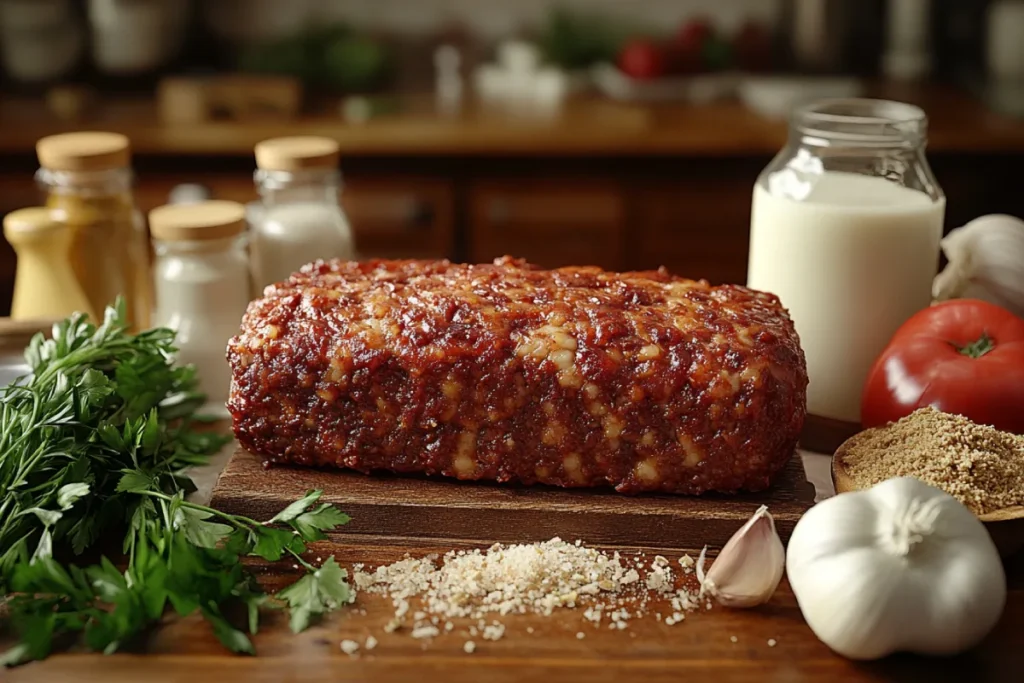
Comparing Milk to Other Liquid Alternatives
Although milk is the traditional choice, some alternatives can offer unique benefits. Understanding how these options compare can help you decide based on dietary preferences or desired flavor profiles.
Broth or Stock: Adding Depth
Broth or stock, whether chicken, beef, or vegetable, can add a savory flavor that complements the meat. However, the downside is its salt content, which might overshadow other seasonings. Adjustments to salt and spice levels are necessary when using this substitute.
Cream or Half-and-Half: Richness and Luxury
For a more decadent meatloaf, cream or half-and-half can be used. These options provide extra fat, creating an ultra-rich flavor and tender texture. However, they might make the meatloaf feel heavier and could be overwhelming for those who prefer a lighter meal.
Non-Dairy Milk: Options for Lactose-Intolerant Cooks
For those avoiding dairy, unsweetened almond milk, soy milk, or oat milk are popular choices. These substitutes mimic milk’s moisture-retention properties but may alter the flavor. Choosing unflavored or neutral varieties is essential to avoid introducing unexpected sweetness or aftertastes.
Tips for Incorporating Milk into Meatloaf
Using milk in meatloaf may seem straightforward, but there are key tips and tricks to ensure the best results. From selecting the right type of milk to balancing its proportion with other ingredients, these insights will elevate your meatloaf-making skills.
Choosing the Right Type of Milk
Not all milk is created equal when it comes to cooking. The fat content of milk can significantly influence the texture and flavor of the final dish:
- Whole Milk: The best option for most recipes due to its balance of fats, proteins, and creaminess.
- Low-Fat or Skim Milk: While these are suitable, they lack the richness of whole milk and may result in a slightly drier loaf.
- Lactose-Free Milk: A great alternative for those with dietary restrictions, as it retains the same properties as regular milk without the lactose.
Pro Tip:
Avoid flavored or sweetened milk (e.g., vanilla almond milk), as these can introduce unwanted sweetness or alter the dish’s flavor profile.
Balancing Milk with Other Ingredients
Milk works hand-in-hand with other meatloaf components. Striking the right balance is critical to achieving the perfect texture:
- Breadcrumbs Ratio: Use enough breadcrumbs to absorb the milk without making the mixture too wet. A 1:1 ratio of breadcrumbs to milk is a common starting point.
- Eggs as Binders: Eggs complement milk by adding additional moisture and binding properties. Ensure the egg-to-meat ratio is balanced (typically one egg per pound of meat).
- Seasonings: Milk enhances the flavor of seasonings by helping them distribute evenly throughout the loaf. Don’t skimp on herbs and spices to achieve a well-rounded taste.
Troubleshooting: Avoiding a Soggy Meatloaf
While milk adds moisture, too much can lead to a soggy loaf that’s difficult to cook evenly. Here’s how to avoid common pitfalls:
- Measure Carefully: Start with the recommended amount of milk (usually about 1/3 to 1/2 cup per pound of meat) and adjust as needed.
- Check the Consistency: The mixture should be moist but firm enough to hold its shape. If it feels too wet, add more breadcrumbs gradually.
- Don’t Overmix: Overworking the mixture can break down the meat fibers and fillers, leading to a dense and unappealing texture. Gently combine the ingredients until just mixed.
The Secret to Perfect Meatloaf: Why Milk Instead of Water?
When making meatloaf, the choice of liquid is more crucial than it may seem. At first glance, water might seem like a perfectly good substitute, but as you will discover, milk’s unique properties make it the superior choice for both flavor and texture. Understanding why milk, instead of water, in meatloaf is essential to achieving a tender, flavorful loaf can transform a simple dish into something extraordinary. In this extended guide, we will explore the science behind this decision, offer more insights on choosing the right milk, and suggest additional tips for perfecting your meatloaf.
Understanding the Role of Liquids in Meatloaf
Before diving into the specifics of why milk is the preferred option, it’s important to understand the role of liquids in meatloaf. Liquids help keep the meatloaf moist during the cooking process, enhance flavor, and bind all the ingredients together. Without the right liquid, meatloaf can turn out dry, tough, or crumbly. In fact, the key to a perfectly moist meatloaf lies in using just the right amount of liquid, and milk’s combination of fats, proteins, and moisture retention properties makes it ideal.
Milk vs. Water in Binding and Moisture Retention
Milk’s ability to bind ingredients is one of its main advantages over water. The proteins in milk, primarily casein and whey, help to bind the meat and breadcrumbs together more effectively than water, which is much thinner and lacks protein content. These proteins not only help the loaf hold its shape but also ensure that each bite is moist and tender. Water, on the other hand, while helpful for hydrating the meat mixture, doesn’t provide the same binding properties, which can lead to a crumbly texture.
Milk also helps retain moisture during cooking. Meatloaf can easily dry out in the oven, especially if the cooking time is too long or the temperature too high. Milk helps lock in moisture, ensuring that your meatloaf stays juicy and flavorful throughout the cooking process.
The Science Behind Milk’s Role in Meatloaf
Let’s dive a bit deeper into the science behind why milk outshines water in meatloaf recipes.
Moisture Retention and the Maillard Reaction
Milk contains not just water but also fats and proteins, both of which contribute to its ability to lock in moisture during cooking. The natural sugars found in milk, particularly lactose, caramelize slightly as they cook, contributing a subtle sweetness to the meatloaf’s flavor profile. This is particularly beneficial because meatloaf can sometimes turn out bland if the seasoning is not perfectly balanced. The Maillard reaction, a chemical reaction between amino acids and reducing sugars, also takes place, helping create a golden crust and deepening the flavor of the loaf.
The Role of Lactic Acid in Tenderizing Meat
Lactic acid, which is present in milk, also plays an important role in the tenderization of the meatloaf. Lactic acid helps break down proteins in the meat, which results in a more tender texture. This process is particularly important when using lean meats like turkey or chicken in meatloaf, as they can often result in a denser, drier texture if not properly tenderized. Milk gently softens the proteins, making the meatloaf easier to slice and more pleasant to chew.
Binding with Breadcrumbs and Fillers
Breadcrumbs, oats, or crackers are commonly used in meatloaf to add structure and volume. These dry ingredients require a liquid to hydrate and bind them together. Milk excels in this role because it works with the breadcrumbs to create a soft, cohesive mixture. As the breadcrumbs absorb the milk, they expand and swell, forming a soft paste that helps hold the meat together. This is essential for ensuring that the meatloaf does not fall apart during cooking.
Exploring Liquid Alternatives to Milk in Meatloaf
While milk is the best choice for most meatloaf recipes, you may be curious about other liquid alternatives. Here’s a look at how different options compare to milk:
Broth (Beef, Chicken, or Vegetable)
Broth adds savory depth to meatloaf, infusing it with rich, meaty flavors. However, broth can be salty, which might require adjustments to your seasoning. If you opt for broth, be sure to taste your meatloaf mixture before baking, adjusting the salt as necessary. Broth can work well if you’re seeking a more robust flavor profile, but it doesn’t provide the same tenderness and moisture that milk offers.
Cream or Half-and-Half
For a richer meatloaf, consider using cream or half-and-half. These liquids bring even more fat and creaminess than milk, which enhances the flavor and texture of the meatloaf. However, they can make the dish heavier, so if you prefer a lighter meal, you may want to stick with regular milk. Also, keep in mind that cream can sometimes overwhelm the other flavors, so it’s best used in moderation.
Non-Dairy Milk (Almond, Soy, Oat Milk)
For those with dietary restrictions, non-dairy milks such as almond, soy, or oat milk can be substituted for regular milk. These alternatives retain some of the moisture and binding properties of cow’s milk but may alter the flavor slightly. Unsweetened almond milk is the most neutral in taste, while oat milk provides a creamier texture. Always choose unflavored and unsweetened versions to avoid unintended flavors, which could affect the overall taste of your meatloaf.
Water
While water is the most neutral option, it lacks the richness, fat, and protein found in milk. Using water in meatloaf results in a more basic, less flavorful dish. While it will provide moisture, it doesn’t enhance the texture or flavor as much as milk does. For a plain meatloaf, water may suffice, but it is far from the optimal choice.
Tips for Perfecting Meatloaf with Milk
Now that you understand the role of milk in meatloaf, here are some tips to help you get the most out of this essential ingredient.
1. Choose Whole Milk for Best Results
For the richest, most flavorful meatloaf, whole milk is the best choice. It contains a balanced amount of fat and protein, ensuring that your meatloaf is both moist and tender. Low-fat or skim milk can be used in a pinch but will result in a less rich and slightly drier loaf.
2. Don’t Overdo the Milk
While milk is important for moisture, too much of it can cause your meatloaf to become soggy. Start with about 1/3 to 1/2 cup of milk per pound of meat, then adjust based on the consistency of your mixture. If the meatloaf mixture feels too wet, gradually add more breadcrumbs to absorb the excess liquid.
3. Experiment with Milk Alternatives
If you need a dairy-free or lighter alternative, try oat milk, which is naturally creamy and helps to maintain a tender texture. Almond or soy milk can also work well but be sure to choose unsweetened varieties to avoid altering the flavor profile.
4. Combine with Other Ingredients for Perfect Texture
Balance the amount of milk with breadcrumbs and eggs to get the perfect consistency. Eggs also help bind the ingredients together, while breadcrumbs absorb the liquid to create a cohesive mixture. Be sure to mix gently to avoid overworking the meat, which can result in a dense texture.
5. Test the Mixture Before Baking
Before placing your meatloaf in the oven, test the mixture. It should hold its shape but be moist. If it’s too wet, add more breadcrumbs until it thickens. If it’s too dry, add a little more milk or another liquid until you get the desired consistency.
Frequently Asked Questions
What are the best dairy-free substitutes for milk in meatloaf?
For those avoiding dairy, several substitutes can mimic milk’s role in meatloaf:
- Unsweetened Almond Milk: Neutral in flavor, it provides moisture similar to regular milk.
- Soy Milk: Richer and slightly thicker, it works well for binding and adding creaminess.
- Oat Milk: Naturally creamy, it’s an excellent choice for replicating milk’s texture.
When using dairy-free options, ensure they are unsweetened and unflavored to prevent unexpected flavor changes in the meatloaf.
Does the fat content of milk affect the meatloaf’s texture?
Yes, the fat content plays a significant role in texture and flavor. Whole milk adds richness and enhances the loaf’s moisture and tenderness. Using lower-fat milk, such as skim, may result in a drier loaf, requiring additional moisture from other ingredients.
Is it possible to skip liquids entirely in meatloaf?
While it’s technically possible to omit liquids, it’s not recommended. Without a liquid component like milk, the loaf may become dense and dry. Liquids are essential for softening breadcrumbs or fillers, ensuring a cohesive and tender texture.
What happens if I use too much milk in meatloaf?
Excessive milk can make the mixture overly wet, leading to a soggy loaf that struggles to hold its shape during cooking. To fix this:
- Add more breadcrumbs or fillers gradually until the consistency improves.
- Bake the loaf on a raised rack to allow excess moisture to drain away.
Table of Contents
Conclusion
In summary, the next time you’re making meatloaf and pondering, ‘Why milk instead of water in meatloaf?’ remember: milk’s fats, proteins, and unique ability to tenderize make it the ultimate liquid choice for a perfect loaf.
While water and other alternatives like broth or non-dairy milks can work in a pinch, none offer the same balance of benefits as milk. By choosing the right type and amount, and balancing it with other ingredients, you can perfect your meatloaf recipe and make it the centerpiece of any meal.
Now that you know the science and practical tips behind milk’s role in meatloaf, you’re ready to take your cooking to the next level. Experiment with different variations, but don’t forget the golden rule—milk makes the difference!
For more inspiration, consider trying a classic Lipton onion soup meatloaf recipe or learning the secrets to juicy meatloaf.

